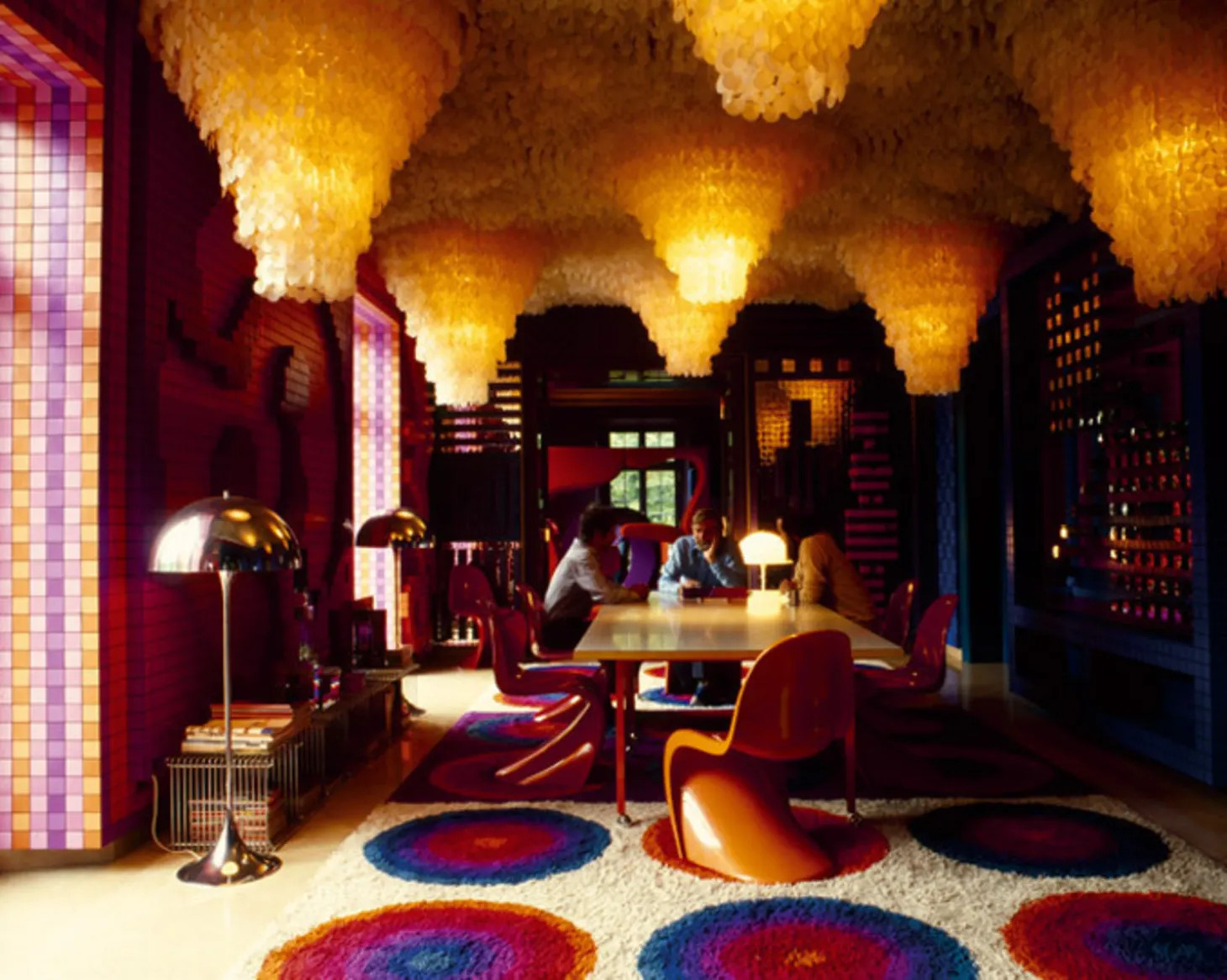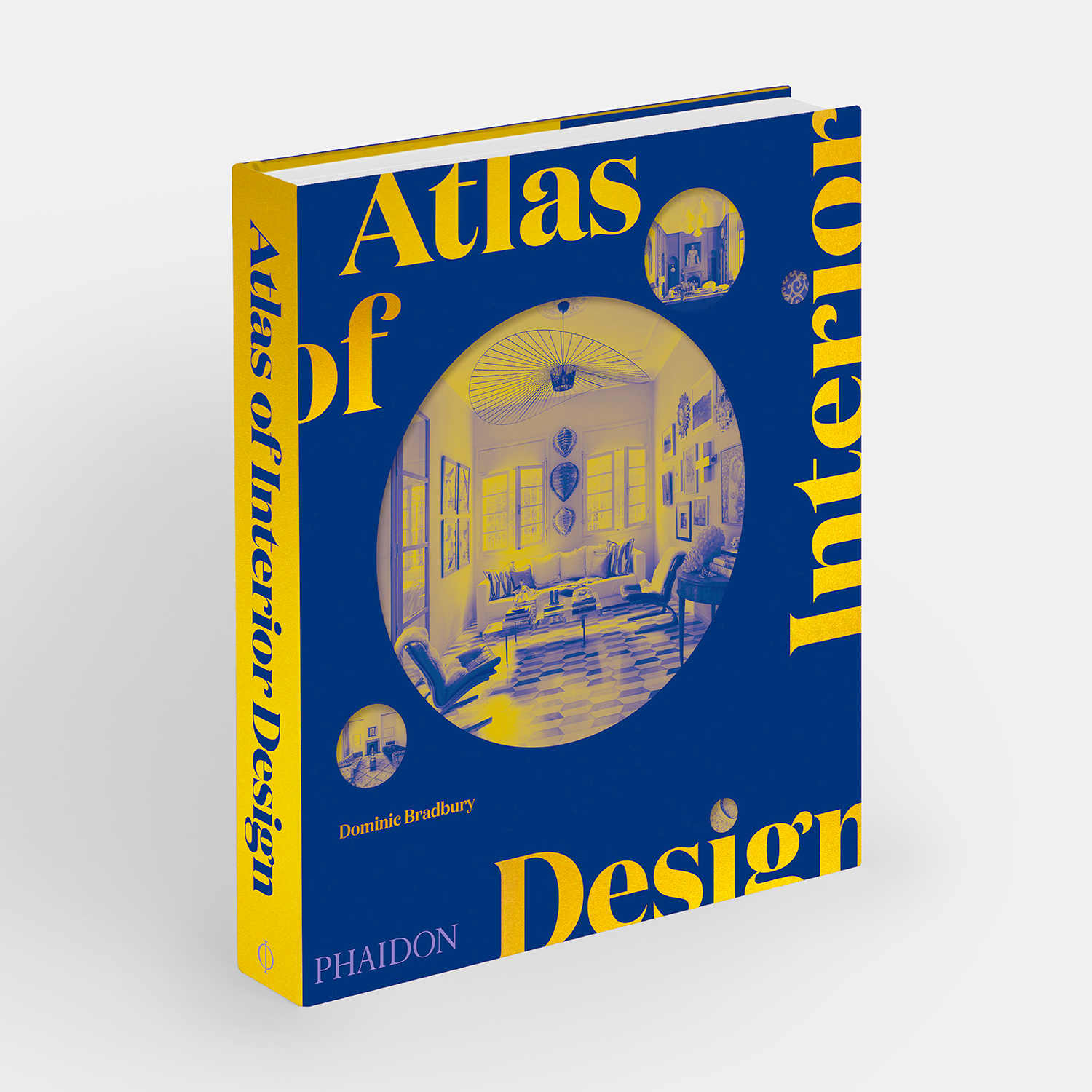
The Swiss home that is just so Seventies
Designer Verner Panton’s own home on the outskirts of Basel was a symphony of modern and mid-century styles
Phaidon’s Atlas of Interior Design gives readers an incredible overview of the world of interiors, via more than 400 incredible, perfectly conceived and beautifully furnished homes from the past eight decades. There are jewel-perfect city apartments, and louche, palatial, tropical holiday homes; challenging modernist dwellings and winsome, country getaways. The book is a great opportunity for design lovers and frustrated travellers to do a little armchair exploring; in this book, crossing continents is as easy as flicking between chapters.
Yet the Atlas also allows readers to take a trip back in time, with many of the featured dwellings deeply evocative of the period in which they were created. Take this Swiss house, made in 1972 by the renowned Danish designer, Verner Panton. His synthetic, sensual designs recall the look and feel of the 1970s with such clarity and immediacy, you’ll be searching out some flares on Depop.
How did Panton come to create this place? Our new book explains it all. “During the late Sixties Panton formed a creative alliance with Willi Fehlbaum, the founder of Vitra,” reads the text in the Atlas. “Together, Panton and Fehlbaum perfected the design and production method for the iconic Panton chair (1967)—Vitra’s first piece of furniture and the first to be made from a single piece of injection-molded plastic, made available in a range of bright Pop colors. Perhaps given the success of this new partnership, Panton and his family settled on the outskirts of Basel, not far from Vitra’s Swiss base.
“The exteriors of the period townhouse were hardly exceptional but inside Panton created a fantastical wonderland inhabited by his furniture, lighting, and textiles. The key living spaces were full of color, energy, and theater. The ceilings were transformed into vast lighting installations, reminiscent of a lunar landscape; the walls were tiled in vivid color mosaics; and rugs in Op art patterns were laid on the floor. The dining room featured a set of Panton chairs, while one of the designer’s Living Towers doubled as both seating and a screen to the living room. Dramatic, daring, and delightful, the house was widely published at the time, serving—as the designer intended—as a showcase for the Panton style.”

To see more of that style, as well as a great deal of other period-correct dwellings, order a copy of our new Atlas of Interior Design here.